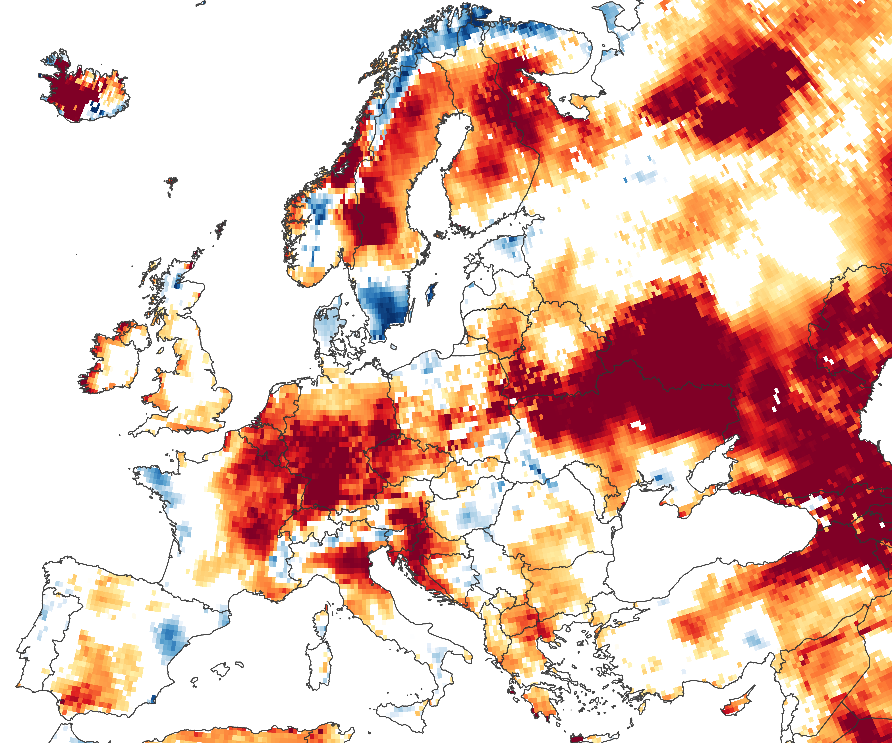Feed grows where the water flows
Periods of drought are becoming increasingly common. Read on to see what you can do about it
1. Focus on grass species that yield most in the first or second mowing, before the drought sets in, or even yield in general. You could for instance use:
a. Hybrid ryegrass – known for its ability to take advantage of spring soil moisture and early season yield, not just giving you an impressive yield, but also a high quality yield.
b. Cocksfoot, tall fescue or timothy – known for their early yield but also their ability to withstand severe drought.
c. Festulolium – Tall fescue PLUS or Ryegrass PLUS, which will withstand drought or reestablish very fast at the first touch of water. These grasses do not only withstand drought but also deliver an impressive yield of high quality.
d. DLF Alfalfa – which is a species cultivated in most parts of the world and known for its protein content. This species has a long taproot and will prevail through the drought with a constant yield, which means you will be able to maintain your field management and mow the grass four to five times a year.
2. Choose a suitable mixture for your farmland and avoid using single varieties or species. You are better off using mixtures, because they consist of many different species, with different tolerances to drought.
3. Consider establishing your field in late summer or early autumn when the risk of drought tends to be minor. Sowing late in season will help grasses to establish a comprehensive root system, before the spring and summer bring along the drought. Spring and summer drought tends to kill off small-unprotected seedlings in newly established fields.
4. Manage you sward carefully, if drought is on the way.
a. The quality of grass evolves over time and peaks when heading - mow the grass before heading to obtain the highest quality.
b. Adjust and increase mowing height by app. 1-3cm. The ration between roots and shoots is somewhat constant. Cutting off leaves will impact on roots and reduce the root mass until root:shoot ration is again at a constant equilibrium. Reduced root mass in periods of drought will delay regrowth as important deep roots are destroyed.
5. Choose varieties from DLF guarantee high performing varieties, even in periods with drought. Our breeders are testing new grasses in different climates and recently we have joined forces with other breeding companies in RadiMax. In this complex facility plant material is screened for root mass which is then related to DNA profiles.
GRACE-FO

